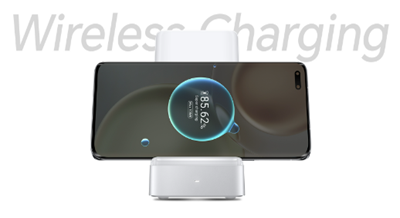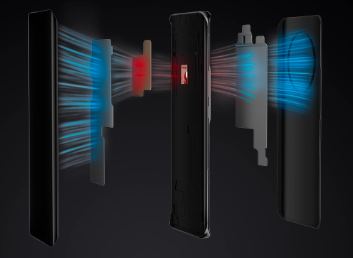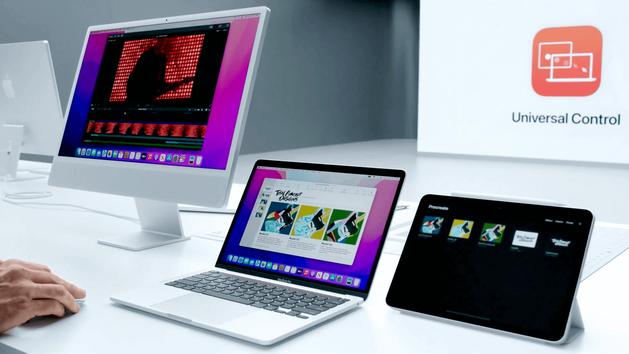In the ever-evolving world of technology, wireless phone charging has emerged as a game-changer. This innovation has transformed the way we power up our smartphones, making the process more convenient and cable-free. If you're curious about this technology or looking to make the switch, this article will provide you with a comprehensive understanding of what wireless phone charging is and how it works.

1. The Basics: What is Wireless Phone Charging?
At its core, wireless phone charging, also known as inductive charging or Qi (pronounced "chee") charging, is a method of replenishing your smartphone's battery without the need for physical cables or connectors. Instead of plugging your device into a wall adapter or a USB port, you simply place it on a wireless charging pad, stand, or dock. This method utilizes electromagnetic fields to transfer power from the charger to your smartphone.
2. How Does It Work?
Wireless charging relies on the principles of electromagnetic induction. Here's a simplified breakdown of the process:
- Charging Pad or Stand: The wireless charger contains a coil of wire that's connected to an electrical current. When you plug the charger into a power source, an alternating current (AC) flows through this coil, generating an electromagnetic field.
- Coil in Your Smartphone: Inside your smartphone, there's another coil, often called a receiver or coil receiver. This coil is designed to pick up the electromagnetic field generated by the charger when it's placed in close proximity.
- Electromagnetic Field Transfer: When you place your smartphone on the charging pad or stand, the electromagnetic field from the charger induces an electrical current in the coil inside your phone. This current is then converted into direct current (DC), which is used to charge your battery.

3. Qi Standard: The Universal Language of Wireless Charging
For wireless charging mobile phones to work seamlessly across various devices, it relies on a universal standard called Qi. Established by the Wireless Power Consortium (WPC), Qi ensures compatibility between different chargers and smartphones. Qi-certified chargers and devices adhere to specific technical specifications, allowing them to work together.
4. Wireless Charging Speeds
Wireless charging speed can vary depending on the charger and smartphone you use. Charging speed is measured in watts (W). The higher the wattage, the faster your phone will charge. For example, many wireless chargers support 5W or 10W charging, but some high-end models can go up to 15W or more. Keep in mind that your smartphone's maximum charging speed may also impact how quickly it charges wirelessly.
5. Benefits of Wireless Charging
Wireless phone charging offers several advantages:
- Convenience: The absence of cables means you can simply place your wireless charging mobile phones on the charger, eliminating the hassle of fumbling with cords.
- Minimized Wear and Tear: Repeatedly inserting and removing charging cables can cause damage to your phone's charging port. Wireless charging contributes to extending your device's longevity.
- Clean and Clutter-Free: With no cords lying around, your charging area remains tidy and clutter-free.
6. Future of Wireless Charging
Wireless charging technology continues to evolve, with advancements like longer-distance wireless charging and compatibility with a broader range of devices on the horizon. As this technology becomes more widespread, we can expect even greater convenience and flexibility in how we charge our devices.
Final Words
In conclusion, wireless phone charging is a revolutionary technology that simplifies the way we power up our smartphones. By understanding the basic principles and benefits of wireless charging, you can make an informed decision about whether to embrace this convenient charging method and explore the ever-expanding world of wireless chargers and compatible devices.

![EVsmart blog Toyota's electric car "bZ4X" that makes you feel comfortable with electric cars and quick chargers / No% display of battery level [Editorial department] Popular articles Recent posts Category](https://website-google-hk.oss-cn-hongkong.aliyuncs.com/drawing/article_results_9/2022/3/9/752542064665dc2bd7addbc87a655694_0.jpeg)
![Lenovo's 8.8 inch one-handed tab "Legion Y700" full specs released! [Is the price in the 40,000 yen range?]](https://website-google-hk.oss-cn-hongkong.aliyuncs.com/drawing/article_results_9/2022/3/9/207e1be231154e91f34c85b4b1d2126c_0.jpeg)

